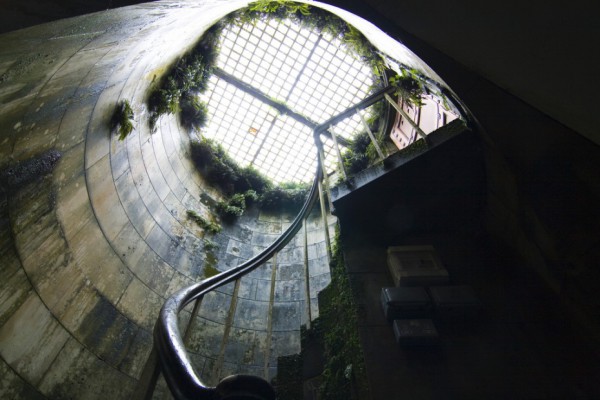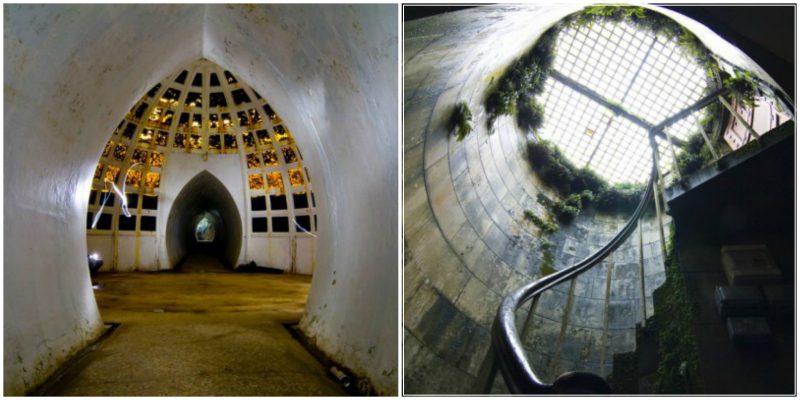The story begins in 1890, when a massive estate called Lea Park, was sold by then owner JP J.W.Stone, to an Anglo-American called J. Whitaker Wright, a company promoter and a swindler.
Wright renamed the whole estate Witley Park and turned Lea Park into a luxurious mansion, complete with thirty-two bedrooms, eleven bathrooms, landscaped gardens, a private theatre, an observatory, 450 acres of land and a domed glass and steel room complete with billiard table, under the artificial lakes.
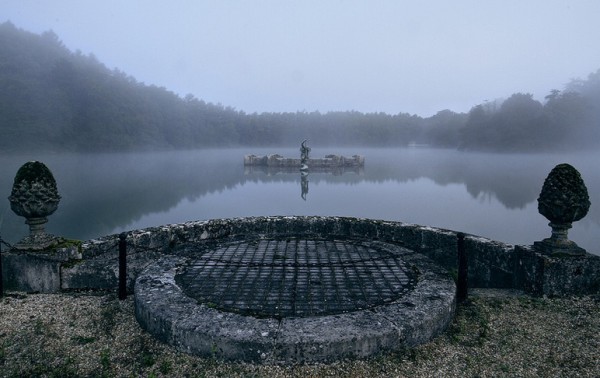
Beneath one of the ponds he installed something very extraordinary: it was called “Underwater Ballroom,” but in reality, it was a subterranean smoking room built beneath a roof aquarium with an epic statue of Neptune seemingly rising out of the manufactured lake on the underwater dome that gave the glorious below-ground room a ballroom-like appearance. Rumour has it that he had more than five hundred men working on the changes he made to the estate, which included digging and filling the three lakes.
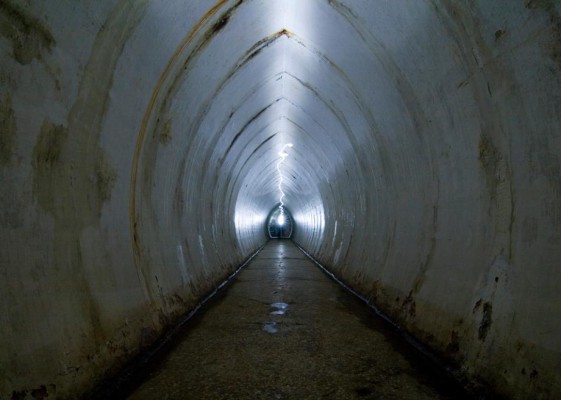


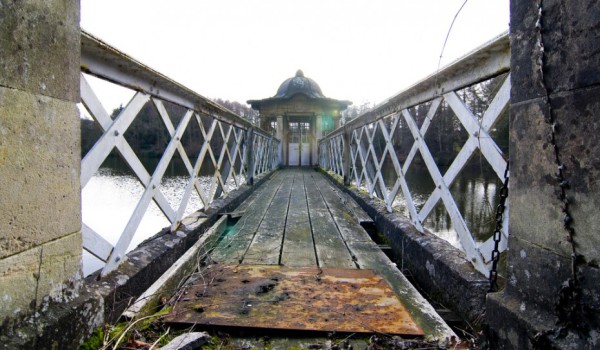
Born in England in 1846, Wright travelled North America in the 1870s and amassed a fortune by promoting silver-mining companies in Leadville, Colorado, and Lake Valley, New Mexico, although none of the companies made money for the shareholders. In 1889, Wright returned to England and promoted a multitude of Australian and Canadian mining companies on the London market. London and Globe Company floated stock and bonds in the realm of the mining industry, and at first Whitaker’s business dealings were simply misleading, not particularly criminal. The line was crossed into outright swindling when, after floating a large, unwieldy bond issue for the Waterloo Railway (an expensive endeavor quite out of his usual comfort zone) everything went wrong, straining his finances.
To maintain an image of solvency and success and to keep investors from seeing him struggle, Wright kept pushing thousands of pounds from one of his companies to another in a series of “loans”. This led to some misrepresentations on balance sheets. Unable to keep things afloat, in 1900 he fled, leaving his floundering investors in a panic, and single-handedly terrorizing London’s exchange. However, he was caught and brought back to stand trial.
On 26 January 1904, London’s Royal Courts of Justice found Wright guilty of fraud and sentenced him to seven years of penal servitude. Wright excused himself to the antechamber, handed his watch to one of his lawyers, and asked for a glass of whiskey and a cigar. After a few sips and a quick puff of tobacco, he dropped dead, instantly. He committed suicide by swallowing cyanide. The inquest also revealed that he had been carrying a revolver in his pocket, presumably as a Plan B, in case, the cyanide failed. He was never searched as the security was weaker at the Royal Courts.
In 1909, five years after Wright’s death, the famous SS Titanic designer and builder Lord Pirrie, bought Whitaker’s mansion at Witley Park for $1,000,000, and the name was changed to Witley Park. In 1952, a tragic fire destroyed the mansion and the gutted remains were demolished. In later years, a new modern home was built elsewhere on the property. The landscaped park still remains, along with the lakes, run-down boat houses and the hidden ballroom. Permission is very rarely granted to see it, although determined visitors occasionally tend to find their way in anyway.
